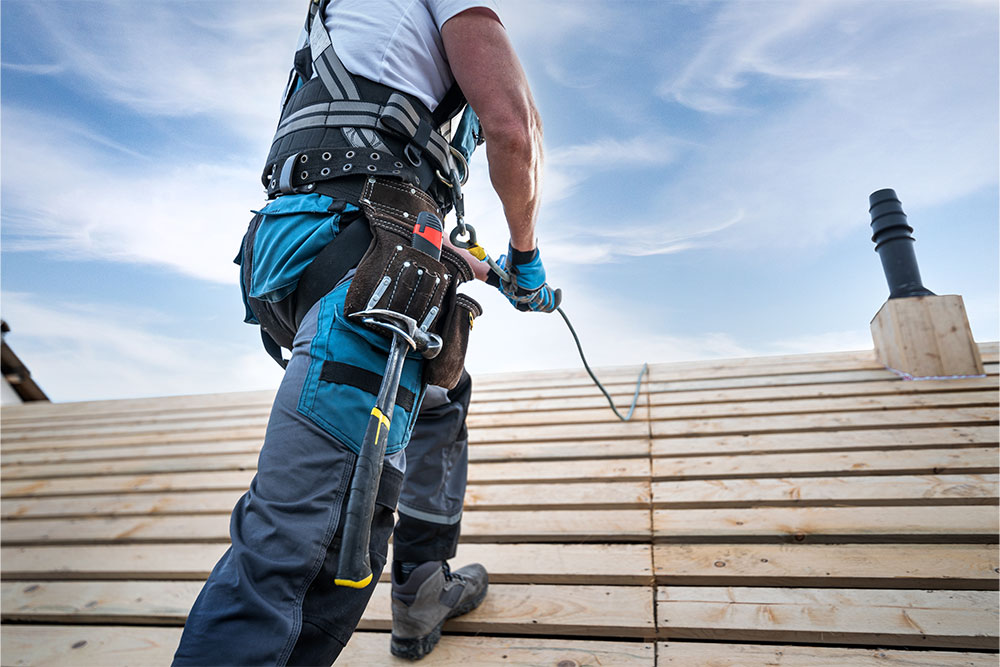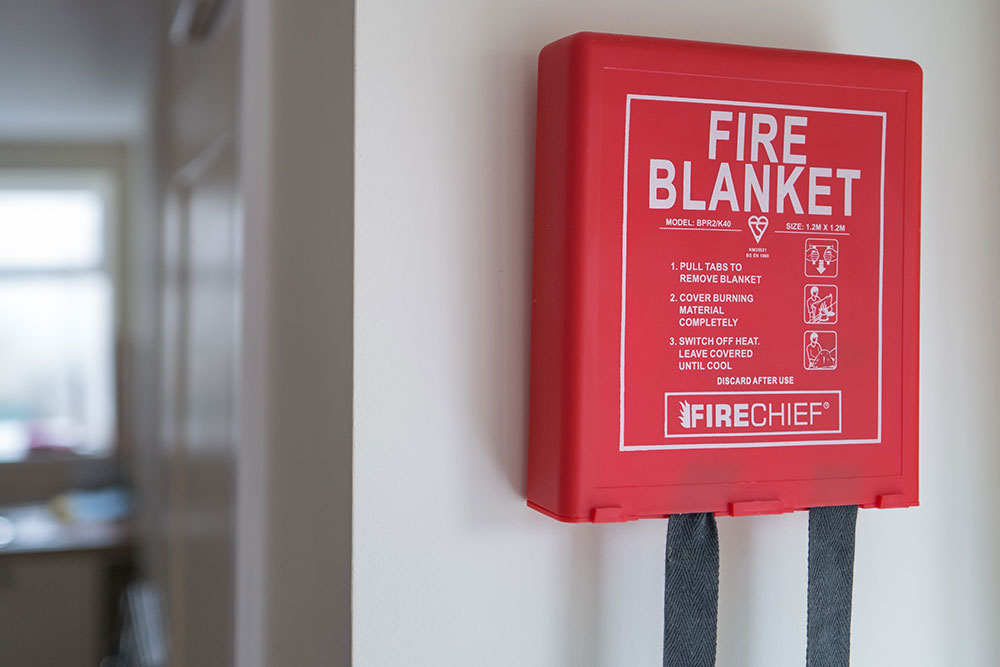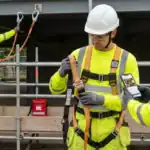
A simple behavioural nudge making a real difference in Coronavirus safety – some important lessons for safety training
It’s interesting that in this coronavirus pandemic certain behaviours are also contagious.
Take for example the panic buying of toilet rolls – I’m sure you’ve seen the empty shelves in your supermarket. This is in spite of the fact that there’s no shortage of toilet roll.
Another one which has had perversely the reverse effect, is that the sales of Corona beer have fallen through the floor – to such an extent that the brewer involved has halted production.
What does it take for a behaviour to go viral?
And if we can understand the principles in action, how might we use them to our advantage to promote more positive behaviours that are going to help keep us all safer in coming months?
Back in mid 1997 there was an unexpected surge in the sales of Mars bars. The manufacturer had not spent any extra money on sales, changed its pricing or made any special offers.
So, what was the cause? Well surprisingly, it was NASA. Or more precisely, the first ever probe they had just landed on the planet Mars. For weeks on end the media covered this historic event and the word ‘mars’ got said an awful lot.
So, can just hearing a word like this can change people’s sweet buying behaviour? In a word – yes! It’s what psychologists call a behavioural trigger or prompt.
No trigger, no behaviour but, if you do provide a well-crafted trigger, you can change people’s behaviour in big ways.
Take as a case in point another famous chocolate bar Kit Kat.
In 2007, Hershey the manufacturer, faced declining sales. Their solution was the now famous ‘take a break’ campaign. In just 12 months sales rose by over a third which equates to an increase in over $200 million dollars in the brand value of KitKat.
It’s a brilliant example of providing a behavioural trigger. What Hershey did was to link eating a KitKat with an existing routine – taking a break. In particular, they focussed on drinking a cup of coffee.
This is what psychologists call habit stacking. You insert your behavioural trigger into an existing habit. Coffee – KitKat. KitKat – coffee. With a little repetition this changed a lot of people’s behaviour.
But a catchy a message alone is not enough.
So, that got me thinking.
Health and Safety Courses
Our health and safety courses support legal compliance and effective risk management. They raise awareness of common workplace hazards and teach the fundamentals of safe working.
What does it take for a trigger to be effective?
Well, quite a few things.
Frequency – the more the trigger repeats the greater its effect.
Strength of the link with an existing habit – there’s something natural about chocolate and coffee – the same can’t be said for coffee and say a fish sandwich. Context is also very important – or how close the trigger happens to where the desired behaviour takes place.
In 2006 a public information campaign in New Zealand for preventing slips in showers failed because of a contextual error in its trigger. The campaign ran an eye-catching video of a handsome man in a shower having a great time – his attractive partner throws him a towel; he gets out; and wham, he slips and bangs his head.
It finished the message “preventing slips in your home can be as easy as using a bathmat”
It certainly packed an attention-grabbing punch.
So why did it fail? Because the trigger is linked to having a shower – and purchasing a bathmat whilst you are in the shower is not easy! And even if you have a bathmat – you have to remember this a long time from seeing the advert.
So, the trigger is not right there when needed – that’s why the campaign failed.
So, to return to toilet rolls – you can start to see why this went viral. The trigger is right there when you are buying your groceries – you see people loading their trolley high with loo roll and the emptying shelves. It only takes few people to do for it to become infectious.
There also what psychologists call social proof – we base our own behaviour on what everyone else is doing. So, if you’re in an unfamiliar place and want to eat out, you look and see which restaurant is full and go there.
You see lots of people buying loo roll, then you buy loo roll because they must have insider knowledge – and so it goes around.
OK, now to the main point –
How can we use these principles to promote a positive behaviour and make it go viral?
First the behaviour. There are lots of candidates, but after kicking it around the office at Human Focus, we decided on hand washing. As we know, it’s fundamental to stopping the spread of coronavirus and the evidence suggests that 95% don’t do it properly or frequently enough.
So, we need a behavioural trigger that’s right there when you wash your hands, wherever you wash your hands. It would also be great if the trigger could help offer social proof – the more people we see engaged with this trigger, the more contagious the behaviour is likely to become.
So, here’s our idea. In a free to everyone e-Learning course on coronavirus we highlight 8 steps to washing your hands effectively.
And, the number 8 is also helpful because if everyone were to wash their hands a minimum of 8 times a day – that would significantly up the amount of hand washing.
So, here’s trigger – write a 8 on the back your hand in a permanent marker so it does not wash off the first time.
It will be right there under your nose every time you wash your hands – you can’t fail to notice it.
But here is where the social proof comes in, not just any 8.
An 8 like this – two hearts intertwined.

Then we rev it up with a charged positive emotional headline of:
Spread love, not germs.
With a tag line of:
Wear your 8 with pride.
As others see the 8 it will help spread the word – similar to wrist band campaigns
So that’s my idea and some of the behaviour science behind it.
But what do you think? Is this a good idea? Do you have other insights based on what I covered?
Here’s what Human Focus are going to do – if we get enough consensus for a coronavirus behavioural safety trigger – we will use our production facilities to craft a free-to-air campaign.
We’ll make a slick YouTube video that everyone to use and share. The right trigger can go viral and will save lives. If we can just move handwashing by a few points, it will make a difference.
But I need your help – give me a thumbs up or a comment. Share this post with colleagues and have them contribute.
We’ll take the best behaviour change ideas and put them to work.





















